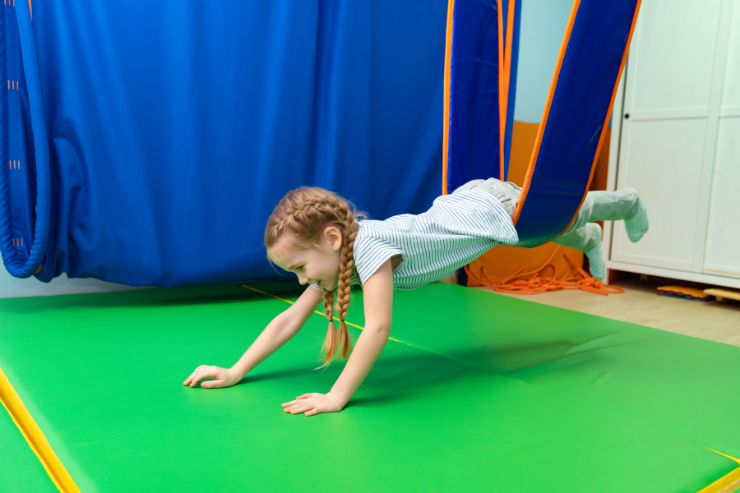Reflex Integration (MNRI)

What is Reflex Integration (MNRI)?
Reflex integration (MNRI) is a therapeutic approach aimed at helping individuals develop and refine their neuromotor skills by addressing retained primitive reflexes. Primitive reflexes are automatic movements present at birth that typically fade as the child develops. If these reflexes are not properly integrated, they can impact motor skills, coordination, and overall development.
Key Concepts in Reflex Integration (MNRI)
Primitive Reflexes
Primitive reflexes are involuntary movements that occur in infancy, such as the Moro reflex (startle response), the grasp reflex (automatic grasping of objects), and the rooting reflex (turning the head towards a touch on the cheek). These reflexes are essential for early survival but should diminish as higher-level motor control develops.
Importance of Integration
For proper development, primitive reflexes need to integrate and become suppressed as more complex, voluntary movements emerge. Retained reflexes can lead to issues such as poor coordination, balance problems, difficulty with focus and attention, and learning difficulties.
Assessment
The process begins with a thorough assessment to identify retained primitive reflexes. This evaluation involves observing the individual’s motor patterns, coordination, and responses to various stimuli to determine which reflexes are active and how they affect overall functioning.
Therapeutic Techniques
Reflex integration (MNRI) therapy uses specific exercises and activities designed to help integrate retained reflexes. Techniques may include:
Movement Exercises: Activities that encourage voluntary control and coordination to replace reflexive movements.
Sensory Stimulation: Techniques that engage sensory systems to promote reflex integration and motor development.
Postural Control Activities: Exercises aimed at improving posture and balance, which help in the suppression of primitive reflexes.
Benefits of Reflex Integration Therapy
Integrating primitive reflexes can lead to improvements in motor skills, balance, coordination, and cognitive function. It helps in enhancing overall developmental progress, reducing behavioral and learning challenges, and supporting better academic and social outcomes.
Applications of Reflex Integration Therapy
Reflex integration therapy is beneficial for individuals of all ages who exhibit signs of retained reflexes. It is commonly used in pediatric therapy settings to support children with developmental delays, learning disabilities, ADHD, and motor coordination issues. Adults may also benefit from reflex integration to address coordination or balance difficulties.
Choosing Reflex Integration Therapy
If you suspect that retained primitive reflexes are affecting development or daily functioning, consult with a qualified therapist specializing in reflex integration. They will conduct a comprehensive assessment and create a personalized therapy plan to address specific needs and support optimal development and functioning.

